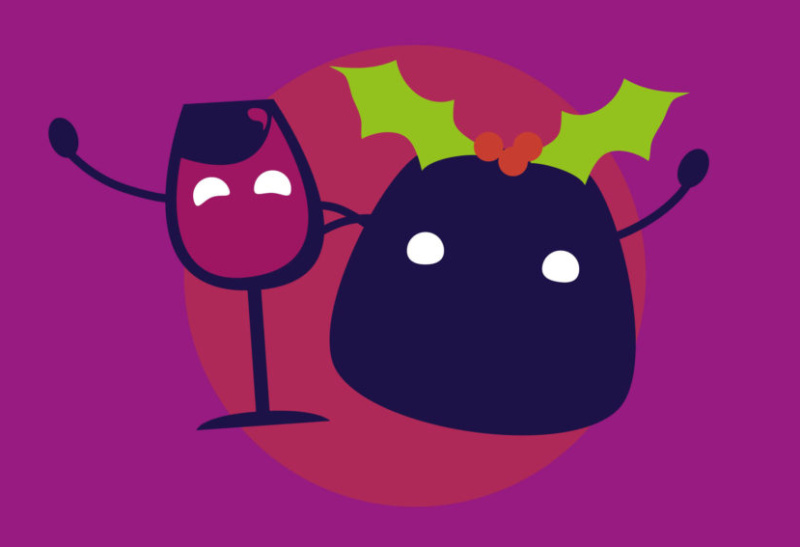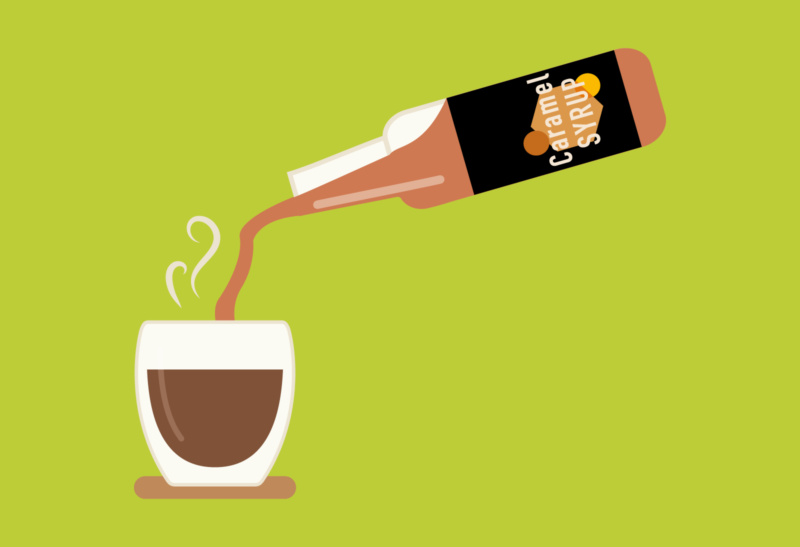The latter is probably more pleasing to the regular wine consumer and those serving them. Whilst it seems like a slightly fatuous comment he’s not entirely wrong. My feeling is that there can be a comfortable middle ground between the views of Messrs Simon and Round.
The main issue facing food and wine matching is that it is shrouded in a needless mystique; as if only those who have climbed to the top of the gourmet mountain to seek enlightenment from a wise old sage would understand its complexities and mysteries. Those who have not scaled the heights of this mountain are thrown a mere scrap of knowledge: White wine with fish and red wine with meat. Food & wine matching can be as simple or as complex as one wishes to make it but if one takes just a little time to consider a pairing it can elevate a dining experience from the everyday to something more memorable.
Monsieur Simon was correct in his assertion that food and wine are made to go together. From a scientific point of view, wine is one of the few things we consume that has the same pH as the stomach meaning that wine helps us better digest a meal. However, when dining I doubt that anyone is really thinking about that, at least I hope not.
Most food and wine matching follows the 80:20 rule. 80% of the time the match is probably just ok; neither detracting from nor particularly enhancing the meal. 10% of the time the match is terrible, spoiling the diners enjoyment of both wine and food. The remaining 10% of the time the match is breathtakingly good, heightening the whole experience.
And it’s all about the experience surely? We know from market research that diners, especially Millennials (whatever they are, apparently I am but I refuse to be put in a box) are more interested in ever in the whole dining experience. Getting the pairing right can be simple but it really can make you stand out from the crowd. If you show your customer you have fully considered the matching options, and want to give them the most enjoyable experience, they’re more likely to both come back and give you free word of mouth advertising.
But is it all that important? Yes, I believe it is. Have you ever brushed your teeth and then drunk some orange juice? Do you remember how that felt? This is caused by the sweetness and minty flavours of the toothpaste causing the palate to only identify acidity and bitterness in the OJ. This is the crux of what food and wine matching is about – making sure that things like acidity and sugar in the food are taken into account when choosing the wine.
I don’t intend to explain here how or why food matching works, but simply to highlight how much of a difference it can make. We’re all trying to impress our customers, give them a great experience and then, importantly, encourage them to return. Hopefully with friends.
So what works well together?
Of course there are the classic matches such as Argentine Malbec with any form of steak, Sauternes and Foie Gras (or perhaps another, more moral and ethical paté) and Northern Rhone Syrah with the heart of a vanquished enemy. These matches work because the food and wine are in sync with each other, making both the food and the wine more than the sum of their parts. Together they make a more memorable, and hopefully meaningful, experience.
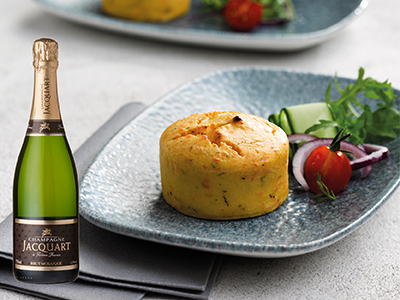
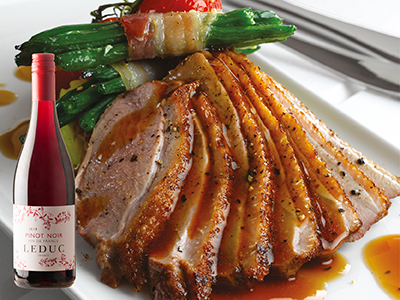
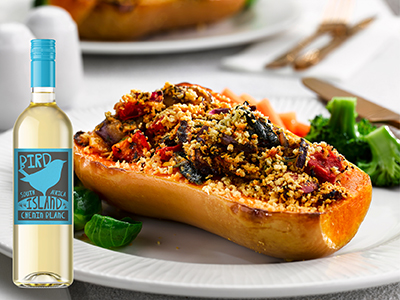
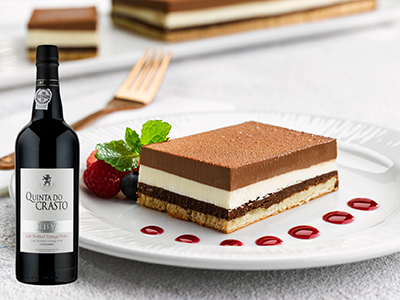
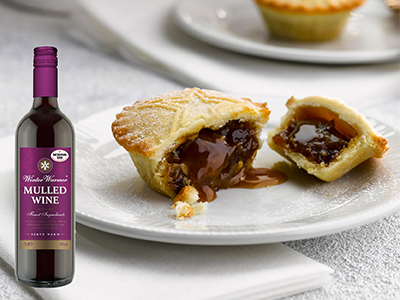
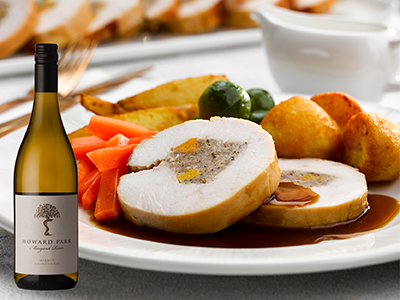
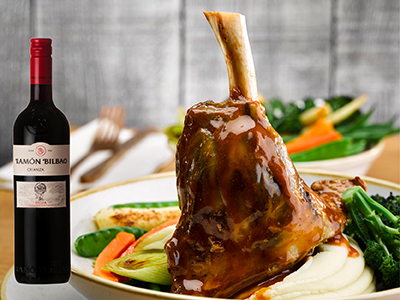
So what about the foods of Christmas? Christmas is a time of indulgence; rich foods, complex flavours, and of course plenty of wine. It’s vital to start with an aperitif that will freshen the palate and make the mouth water. For this anything with bubbles is perfect – these wines have higher acidity, meaning they’re fresh and invigorating, readying the drinker for something to eat.
A first course often follows a fishy theme, so for me I think about smoked salmon and cream cheese. This needs a dry white that’s high in acidity. Pairing a Sancerre or other Sauvignon Blanc based wine works so well: the acidity cuts through the cream cheese and freshens the palate whilst the saltiness of the fish enhances the bright and zesty character of the wine.
Duck is a popular alternative to turkey and it’s perfect with Pinot Noir. Duck can be fatty so needs a red with high acidity. It also needs a wine with lower and softer tannins. Pinot Noir steps up to this particular plate better than most other varieties. The red fruit and subtle earthy/gamey flavours often found in The Noir are ideal with the gamey/sweeter flavours of the meat.
These are just two examples but it makes a difference. What’s frustrating as someone who works with and trains restaurant teams is when no effort is made to match food and wine. It can be the simplest step and is always the last. As with most things in life, just a little effort can make a huge overall difference.
At Christmas when we’re all looking for an edge to tempt in customers, making a little effort with your food and wine matching could make the difference. As for me; it’s always red and white Burgundy with my Christmas turkey followed by Pedro Ximenez sherry with the Christmas pud. I can almost taste it now…
